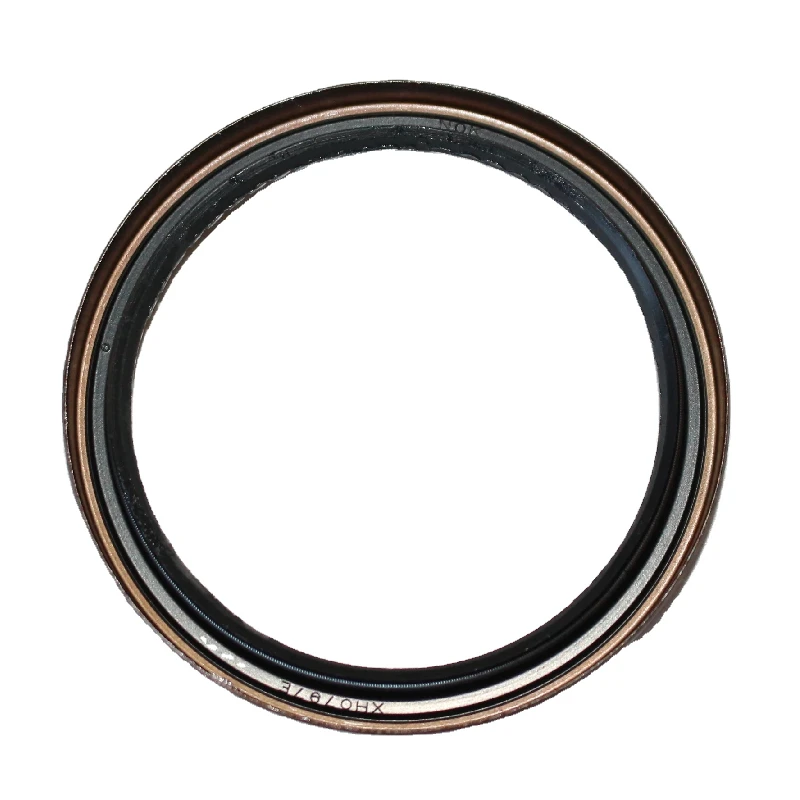transmission rear output shaft seal
Understanding the Importance of Transmission Rear Output Shaft Seal
The transmission rear output shaft seal plays a critical role in the overall functioning and longevity of a vehicle's transmission system. This relatively small but vital component is responsible for preventing fluid leaks, ensuring optimal performance, and protecting the internal components of the transmission from dirt and debris. In this article, we will explore the role of the rear output shaft seal, common symptoms of failure, and the implications of neglecting this essential part.
What is the Transmission Rear Output Shaft Seal?
The transmission rear output shaft seal is located at the rear of the transmission housing, where the output shaft exits the transmission and connects to the driveshaft. It is designed to provide a snug fit around the output shaft, creating a barrier that keeps transmission fluid contained within the transmission assembly. Made from durable materials like rubber or silicone, the seal is engineered to withstand high temperatures, pressure, and the corrosive environment of transmission fluid.
The Importance of the Rear Output Shaft Seal
1. Fluid Containment The primary function of the rear output shaft seal is to prevent transmission fluid from leaking out of the transmission housing. Transmission fluid is essential for lubricating various components, facilitating gear shifting, and cooling the transmission. Any leakage can lead to inadequate lubrication and overheating, ultimately resulting in severe damage.
2. Protecting Internal Components Alongside containing fluid, the rear output shaft seal also protects internal transmission components from contamination. Dirt, dust, and debris can enter the transmission housing if the seal fails, leading to wear and tear on gears, bearings, and other critical parts.
3. Maintaining Performance A well-functioning rear output shaft seal contributes to the transmission's overall performance. Proper fluid levels ensure that the gears shift smoothly and that the vehicle operates efficiently. In contrast, a failing seal may lead to fluid loss, causing erratic shifting and reduced power transfer to the wheels.
Signs of a Failing Rear Output Shaft Seal
transmission rear output shaft seal

Knowing the signs of a failing rear output shaft seal can help vehicle owners take timely action and avoid more extensive damage. Here are some common symptoms to watch for
1. Fluid Leaks The most apparent sign of a failing rear output shaft seal is the presence of transmission fluid puddles under the vehicle. The fluid is typically reddish in color and has a distinct smell.
2. Fluid Levels Decreasing Regularly checking the transmission fluid level is essential. If you notice a drop in fluid levels without any apparent external leaks, it might be indicative of an internal problem, such as a compromised seal.
3. Unusual Noises A failing rear output shaft seal can cause unusual noises such as whining, grinding, or clunking. These sounds often result from inadequate lubrication or misalignment due to fluid loss.
4. Inefficient Shifting If your vehicle experiences difficulty shifting gears or has erratic shifting behavior, it may be a sign of transmission problems related to a failing seal.
Consequences of Neglecting the Rear Output Shaft Seal
Ignoring the symptoms of a failing rear output shaft seal can lead to severe consequences for your vehicle's transmission. A small leak can escalate, leading to significant fluid loss, causing the transmission to overheat or, in the worst-case scenario, complete transmission failure. The cost of transmission repairs or replacement can be substantial, often running into thousands of dollars.
Conclusion
The transmission rear output shaft seal may be a small component, but its impact on the vehicle's transmission system is immense. Regular maintenance checks can help identify potential issues early, allowing for timely repairs and preventing costly damage. If you suspect a leak or experience any signs of a failing seal, it is crucial to consult a qualified mechanic promptly. By ensuring the health of your transmission rear output shaft seal, you can help maintain your vehicle's performance and extend its lifespan.
-
Understanding the Front Main Engine Seal: Purpose, Maintenance, and Installation
News Jul.29,2025
-
Understanding O-Rings and Seal Rings: Types, Applications, and Custom Solutions
News Jul.29,2025
-
Understanding Crankshaft Oil Seals: Rear Seals, Pulley Seals, and Their Role in Engine Integrity
News Jul.29,2025
-
The Importance of Front and Rear Crankshaft Seals in Engine Performance and Oil Management
News Jul.29,2025
-
Crank Oil Seals: Functions, Types, and Cost Considerations in Engine Maintenance
News Jul.29,2025
-
A Comprehensive Guide to O-Rings and Seals: Types, Materials, and Global Applications
News Jul.29,2025
-
Mastering Diesel and Performance Engine Maintenance: A Guide to Critical Oil Gaskets
News Jul.28,2025
Products categories















